Forearm muscles
Table of Contents
Introduction
The forearm muscles are a complex group of muscles that are responsible for a wide range of movements in the forearm, wrist, and hand. Understanding these muscles and their functions can be helpful in preventing injuries and improving overall performance in activities that require forearm strength and flexibility. The forearm muscles are a group of muscles that are responsible for the movement of the forearm, wrist, and hand. The forearm is divided into two compartments, the anterior (front) compartment, and the posterior (back) compartment
Anterior compartment of the forearm
The muscles of the anterior section of the forearm are arranged into three layers:
superficial
- Muscle: flexor carpi radialisdialis
- It is extrinsic
- Action: This muscle helps in the Flexion and abduction of the wrist
- Innervation: median nerve
- Muscle : palmaris longus
- It is an extrinsic muscle
- Action: This muscle does the Flexion of the wrist
- Innervation: median nerve
- Muscle : flexor carpi ulnaris
- It is an extrinsic muscle
- Action: It uses in Flexion and adduction of the wrist
- Innervation: ulnar nerve
- Muscle: pronator teres
- It is an intrinsic muscle
- Action: It helps in Pronation of the forearm
- Innervation: median nerve
- Muscle: flexor digitorum superficialis
- It is an extrinsic muscle
- Action: It helps in the Flexetion of the metacarpophalangeal joints and proximal interphalangeal joints at the 4 fingers and flexion of the wrist
- Innervation: median nerve
Deep
- Muscle: flexor digitorum profundus muscle
- It is an extrinsic muscle
- Action: It helps in the flexion of the distal interphalangeal joints of the fingers. It also uses in flexion of the metacarpophalangeal joints and at the wrist.
- innervation: ulnar + median (as anterior interosseous nerve)
- Muscle : flexor pollicis longus muscle
- It is an extrinsic muscle
- Action: It helps in the flexion of the interphalangeal joint and metacarpophalangeal joint of the thumb.
- Innervation: median (as anterior interosseous nerve)
- Muscle: pronator quadratus muscle
- It is an intrinsic muscle
- Action: It helps in a Pronation of the forearm.
- Innervation: median (as anterior interosseous nerve)
The muscles are majorly included flexion and supination. The superficial muscles arise from the common flexor tendon. The ulnar nerve and artery are also included in this section. The flexor digitorum superficialis located in between the other four muscles of the superficial group and the three muscles of the deep group. because of this, it is categorized as the intermediate group.
Posterior compartment of the forearm
The posterior section of the forearm or extensor compartment involves 12 muscles that basically do the extension of the wrist and fingers. It is different from the anterior compartment by the interosseous membrane between the radius and ulna bone.
majority of the muscles in the superficial and the intermediate layers have a common origin which forms the outer side of the elbow, the lateral epicondyle of the humerus bone. The deep muscles originate from the distal side of the ulna bone and the surrounding interosseous membrane.
Superficial
- Muscle: brachioradialis
- It is intrinsic
- Action: This muscle helps in Flexeion of the elbow
- Innervation: radial nerve
- Muscle : extensor carpi radialis longus
- It is an extrinsic muscle
- Action: This muscle does the Extension and adduction of the wrist
- Innervation: radial nerve
- Muscle : extensor carpi radialis brevis
- It is an extrinsic muscle
- Action: It uses in the Extention and abduction of the wrist
- Innervation: radial nerve (deep branch)
- Muscle: extensor carpi ulnaris muscle
- It is an extrinsic muscle
- Action: It helps in the Extension and adduction of the wrist
- Innervation: radial nerve as the posterior interosseous nerve
- Muscle: anconeus
- It is an intrinsic muscle
- Action: It helps in the Extention and stabilization of the elbow joint. also do the Abduction of the ulna during pronation of the forearm.
- Innervation: radial nerve
Intermediate
- Muscle: extensor digitorum
- It is an extrinsic muscle
- Action: It helps in the Extension of the digits at the interphalangeal and metacarpophalangeal joints.
- innervation: radial nerve as the posterior interosseous nerve
- Muscle: extensor digiti minimi
- It is an extrinsic muscle
- Action: It helps in an Extention of the little finger, and also the extension of the wrist
- Innervation: radial nerve as the posterior interosseous nerve
Deep
- Muscle: abductor pollicis longus
- It is an extrinsic muscle
- Action: It helps in an Abduction of the thumb.
- Innervation: radial nerve as the posterior interosseous nerve
- Muscle : extensor pollicis longus
- It is an extrinsic muscle
- Action: It helps in an Extention of all joints of the thumb (carpometacarpal, metacarpophalangeal, and interphalangeal)
- Innervation: radial nerve as the posterior interosseous nerve
- Muscle : extensor indicis
- It is an extrinsic muscle
- Action: It helps in an Extention of all joints of the thumb (carpometacarpal, metacarpophalangeal, and interphalangeal)
- Innervation: radial nerve as the posterior interosseous nerve
- Muscle: supinator
- It is an intrinsic muscle
- Action: It helps in a Supination of the forearm
- Innervation: radial nerve (deep branch)
- Muscle: extensor pollicis brevis
- It is an extrinsic muscle
- Action: It helps in an Extention of the metacarpophalangeal and carpometacarpal joints of the thumb.
- Innervation: radial nerve as the posterior interosseous nerve
Conditions that affect forearm muscles

- Tennis elbow (lateral epicondylitis) – This condition affects the tendons that attach to the lateral epicondyle of the humerus, causing pain and tenderness on the outer side of the elbow. It is commonly caused by overuse of the forearm muscles, such as in repetitive motions like tennis or typing.
- Golfer’s elbow (medial epicondylitis) – Similar to tennis elbow, this condition affects the tendons that attach to the medial epicondyle of the humerus, causing pain and tenderness on the inner side of the elbow. It is also caused by overuse of the forearm muscles, but in activities that involve gripping and twisting, such as golf.
- Carpal tunnel syndrome – This condition occurs when the median nerve, which runs through a narrow passageway in the wrist called the carpal tunnel, becomes compressed. It leads to tingling, numbness, and muscle weakness in the hand and fingers. It is often caused by repetitive motions of the wrist and fingers, such as typing or assembly line work.
- Radial tunnel syndrome – This condition occurs when the radial nerve becomes compressed in the forearm, causing pain and weakness in the forearm and hand. It is often caused by overuse of the forearm muscles or trauma to the area.
- Forearm strain – This is a common injury that occurs when the muscles or tendons in the forearm are stretched or torn due to overuse or trauma. this condition causes pain, swelling, and weakness in the affected area.
- Forearm fracture – A fracture in one of the bones in the forearm can cause pain, swelling, and difficulty moving the arm. It can be caused by trauma or overuse of the forearm muscles. Treatment may include immobilization and physical therapy.
Strengthening of forearm muscle
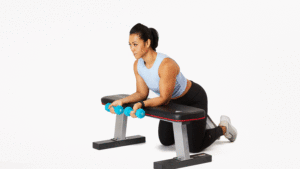
There are some exercises that can be performed for strengthening the forearm muscles. These exercises target different areas of the forearm, including wrist flexors, wrist extensors, and grip strength.
- Wrist Curls: This exercise targets the wrist flexors. Start by sitting with your forearm resting on a table or bench, palm facing up. Hold a dumbbell in your hand and slowly curl your wrist up towards your forearm, then slowly lower it back down.
- Reverse Wrist Curls: This exercise focuses on the wrist extensor muscle. initiate by sitting with your forearm and placing it on a table or bench, palm facing downward. Hold a dumbbell in your hand and slowly curl your wrist up towards your forearm, then slowly lower it back down.
- Farmer’s Walk: This exercise targets grip strength. take a heavy weight in each hand and walks for some distance or time. Focus on maintaining a strong grip on the weights throughout the exercise.
- Towel Pull-Ups: This exercise targets grip strength. Hang a towel over a pull-up bar and grip the ends of the towel with both hands. Pull yourself up towards the bar, using the towel as your grip.
- Plate Pinch: This exercise targets grip strength. Hold two weight plates together with your fingers, pinching them together as tightly as possible. take for a set amount of time or until lose grip.
It is very important to initiate with light weights and gradually raise the weight as you get stronger.
FAQ
The forearm muscles are a group of muscles that run from the elbow to the wrist and are responsible for the movement and stability of the forearm and hand.
Pronator quadratus.
Flexor digitorum profundus.
Flexor pollicis longus.
The brachioradialis is the largest muscle of the forearm. Also, it is superficial as well. Thus, a workout of this muscle will make the largest impression on the forearm’s look.

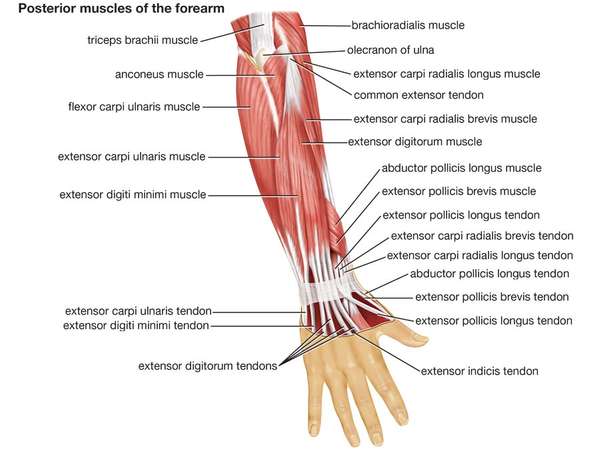
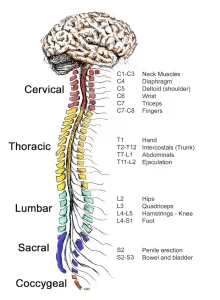
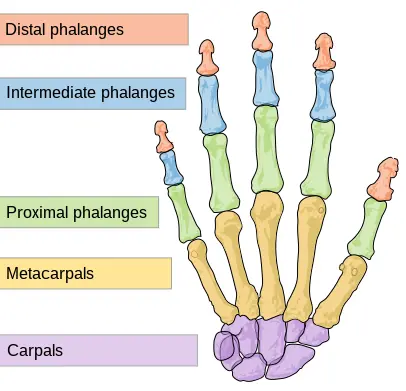
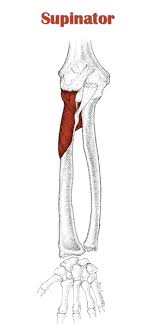
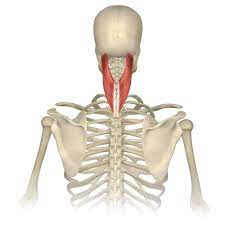
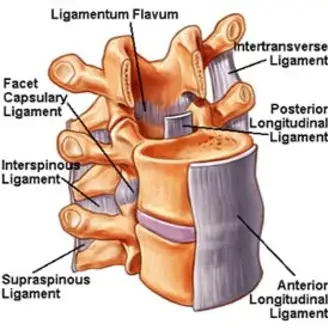
One Comment